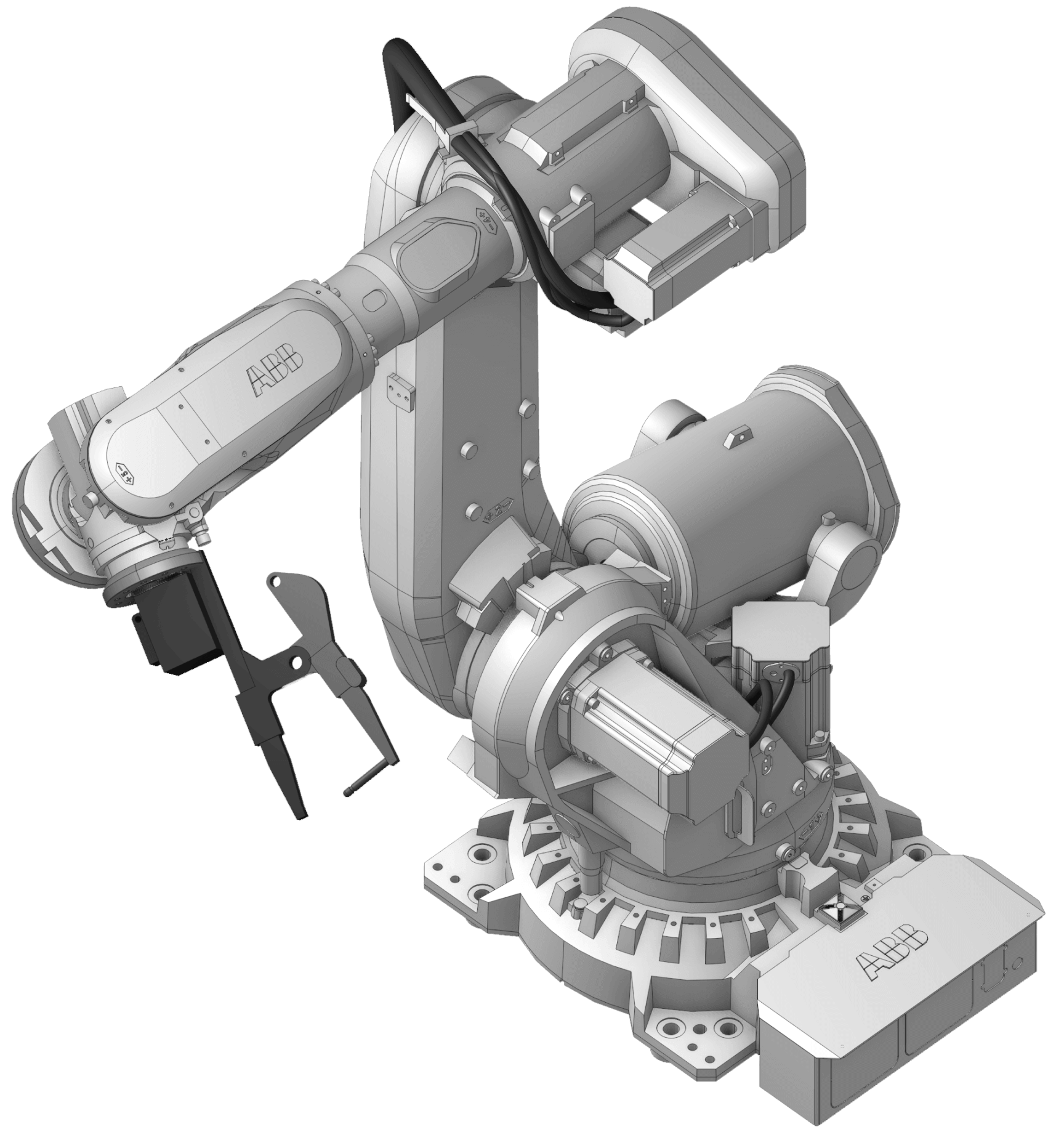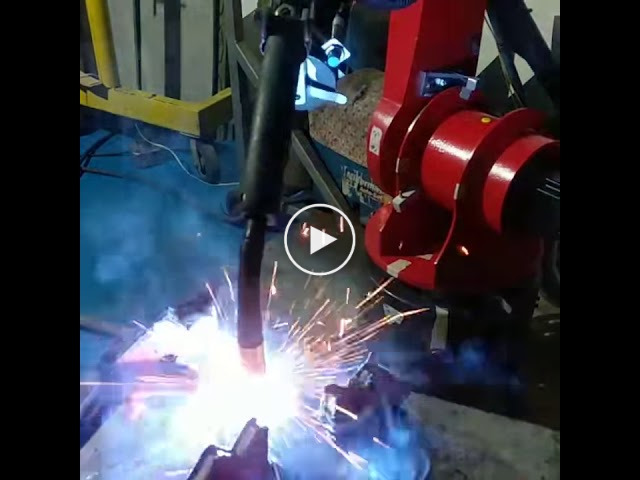Robot welding

Here you can see the welding operation by SprutCAM Robot.
Created by Ubaldo Garcia Zaragoza from XMART PLM.
We're inviting robot integrators to collaborate with us.
Buy SprutCAM X online in the USA and Canada.

Here you can see the welding operation by SprutCAM Robot.
Created by Ubaldo Garcia Zaragoza from XMART PLM.
Download a free trial version of SprutCAM X or SprutCAM X Robot to explore the capabilities of the software. Take online courses to learn SprutCAM X and get a certificate upon completion.

9, Aiolou and Panagioti Diomidous
3020, Limassol, Cyprus
© 2021 – SprutCAM Tech. All rights reserved.
This website uses cookies and third party services. Privacy policy
Ok
